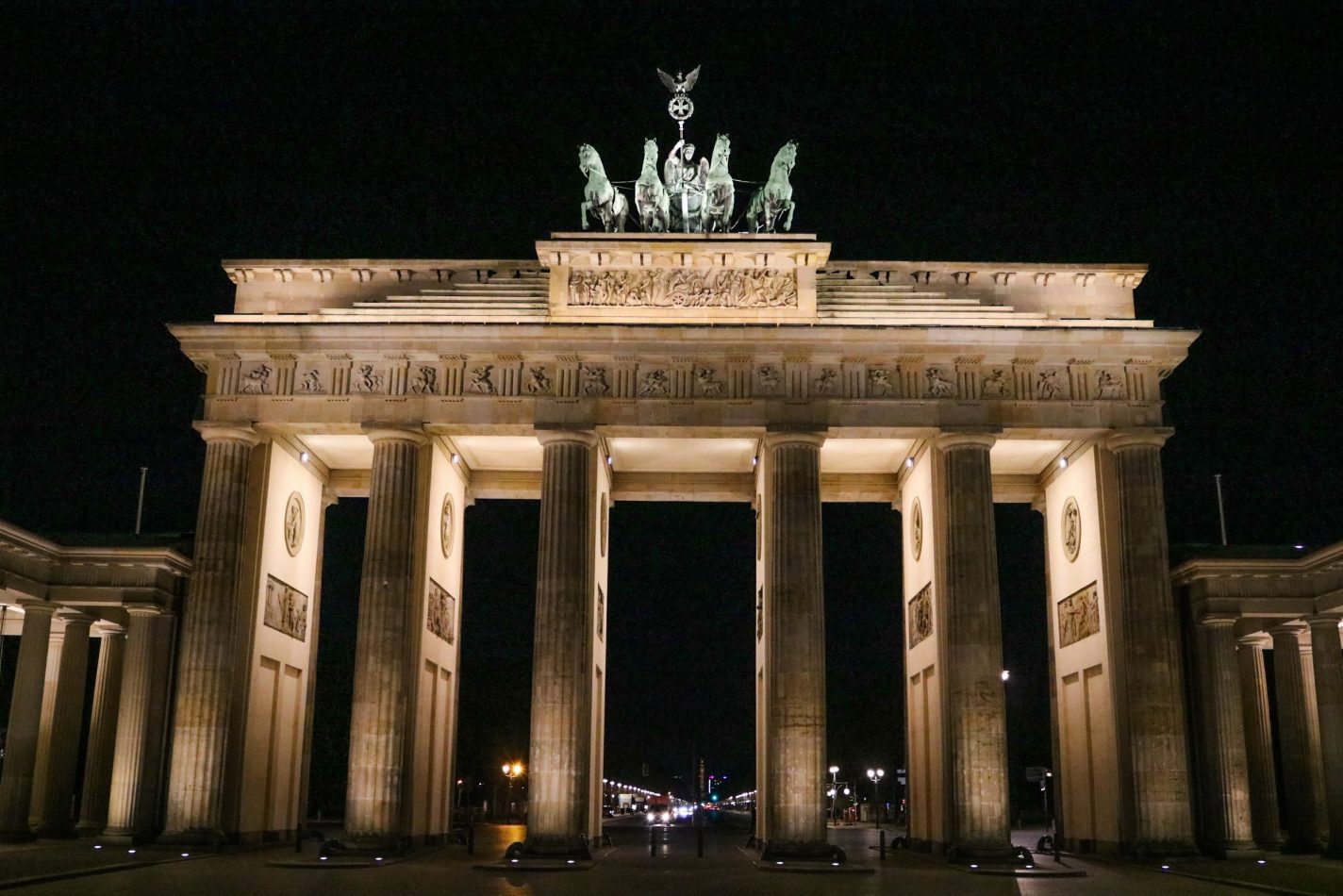The Fifth Form History Berlin trip began with a visit to Germany’s seat of government and cultural and historical epicentre of Berlin, the Reichstag. From here, we were struck by the intense layering of 20th century history within the city, and also the great extent to which various geo-political forces have played a pivotal role in Germany’s development since its inception in 1871.

In the following days, we explored many of Berlin’s most famous and important cultural landmarks, including the magnificent Brandenburg gate, the National History Museum, the Tiergarten, and the victory column, whilst also seeking out Berlin’s memorials and museums focusing upon Berlin’s modern history.

In relation to the rise of the Nazis, the monolithic Olympic stadium (now used by Hertha football team), Hitler’s bunker museum, Goering’s air ministry, and the Gesundbrunnen Flaktower all provided memorable, but often contrasting images of the Nazi’s rise to power, and their legacy in Berlin.

Our trip to the resistance museum presented the various forms of resistance within Nazi Germany, and stimulated many moral and historical questions. The Gedenkstätte Plötzensee, a German political prison, however, provided perhaps the most engaging and wholly haunting presentation of Nazism, in that the preserved execution room and mass of personal experiences fully illustrated both the perverse nature of the Nazi killing machine, and the suffering of so many throughout Germany at the hands of the Nazis.

We cannot begin to understand the true horror that transpired in Nazi occupation zones during the Second World War, but we were perhaps given a small inkling of the desperation and persecution at the Holocaust Memorial in the centre of Berlin. Its irregular floor and deceptively mammoth grey blocks were truly haunting in the evening light.
Sachsenhausen Concentration Camp was an experience that will be hard to forget. From the classic, harrowing archway that was the prisoners’ first view of their future, to the wooden wall where the firing squad would have shown them their last – every inch of the camp had been designed to bring pain.

This period of terror transitioned harshly into the Cold War, and our tour of the former Stasi Prison, the Berlin-Hohenschönhausen Memorial. It was there we heard the story of a particular girl, who was 13 when brought to the prison for doodling on a picture of Josef Stalin with her lipstick.

What remains of the Berlin wall itself, Checkpoint Charlie, the Palace of Tears, and the history which surrounds the East-West divide have clearly left a subtle but fundamentally indelible mark upon modern Berlin. We were struck by how relatively recent were the events of the Cold War, in contrast to our perception in history lessons. At the Hohenschönhausen, for example, four of their tour guides had been previous inmates of the prison itself.

However, the trip was not just a spectacle of history, but it was further enriched by the German culture. We visited Christmas markets, ate at a Bavarian-themed beer hall, and had the opportunity to watch the Nutcracker ballet or the Berlin philharmonic. The finale of our trip, the Grand Show, was a celebration of colour, music and love, was truly a climatic way to end.
Thomas Caskey (L) and Izzy Horrocks-Taylor (L)
Photos by Joseph White (L)




